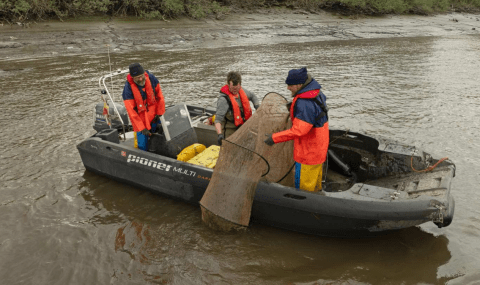
Animal movement, behaviour and biologging
A brief overview
Animal tracking, the practice of monitoring and studying animal movements and behaviour in their natural environment from a distance, can be performed across various spatial (local, regional, continental, global) and temporal (minutes to decades) scales using a suit of tools and technologies. Tracking fish with acoustic transmitters, following bird migrations with GPS tags, assessing wildlife presence with camera traps and monitoring presence of marine mammals with passive acoustics are all interesting examples of animal tracking. Advantages of the practice are the possibility to gather robust data over extended temporal periods, regardless of weather conditions and other logistically challenging situations, with minimal environmental disturbance and no or very little inference with the individual behaviour. Animal tracking has yielded key information about the biology and ecology of organisms, and has afforded useful insights to establish conservation frameworks and regulations. In addition, it allows to model distribution and forecast the effects of anthopogenic activities on the animals. Technological advancements resulted in an enhanced capacity for animal tracking and is transforming our understanding of the ecosystems and the animals that live within them.
In this working group we will share latest insights on technological capacity and data flows for four tracking technologies: GPS tracking; Acoustic telemetry and biologging; Camera/video imaging; Passive acoustics. We intend to establish data pipelines towards LifeWatch recommended tracking systems and stimulate collaboration and innovation within the respective tracking communities.
Join us on our journey to deepen our knowledge on animal movement and behaviour by tracking animals to better understand, protect and manage them!
Need help joining? Check our FAQs
Key Objectives
- Dataflow blueprint: enabling a sustainable dataflow of tracking data towards LifeWatch ERIC recommended systems for the four focus technologies of this WG.
- Writing a dissemination report on the Dataflow.
- Mapping the scientific user community of the respective tracking communities.
- Organising webinars for knowledge dissemination.
- Look for funding opportunities to strengthen the collaboration and scientific excellence of the community.

Photo from LifeWatch Belgium

